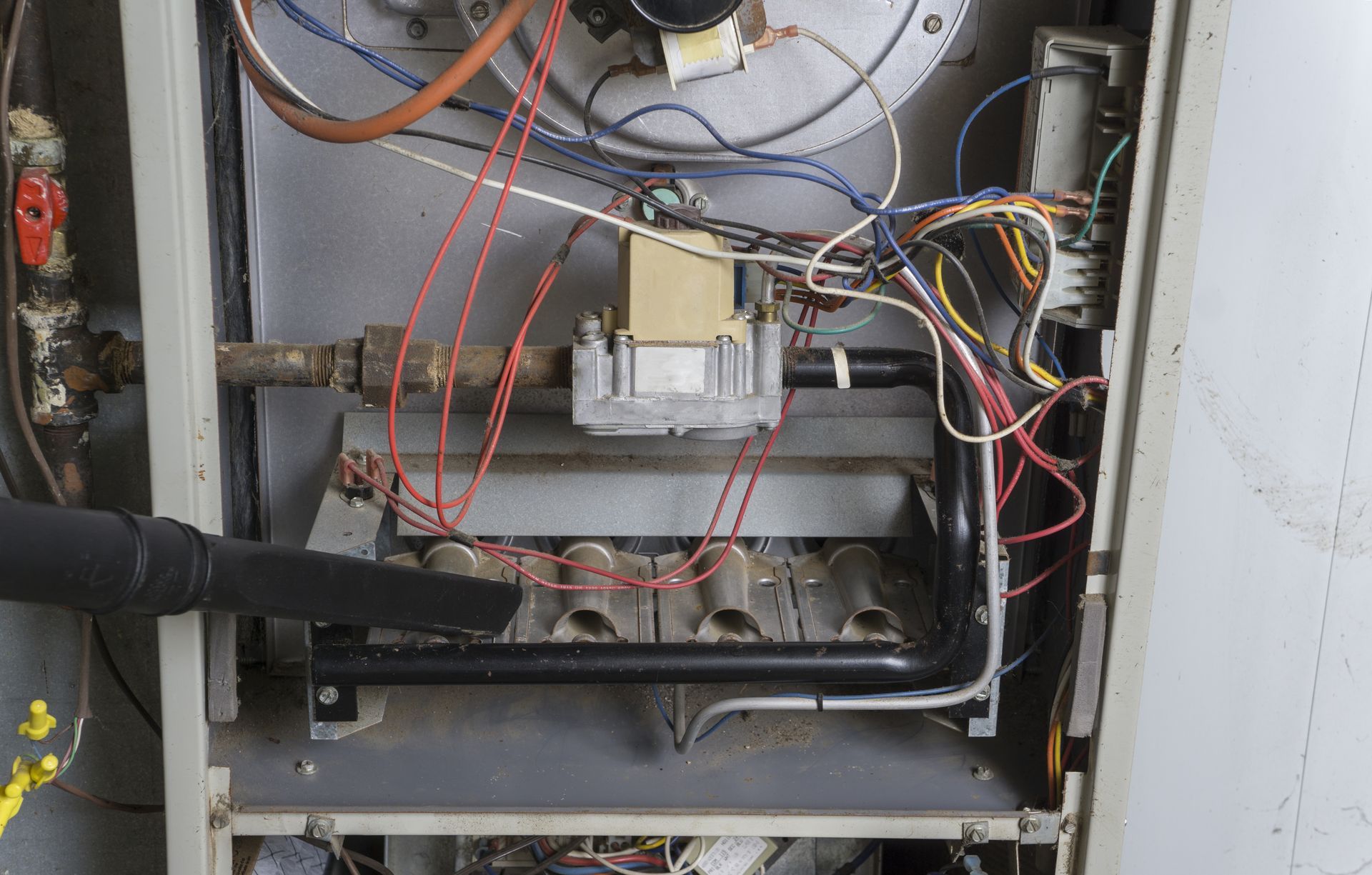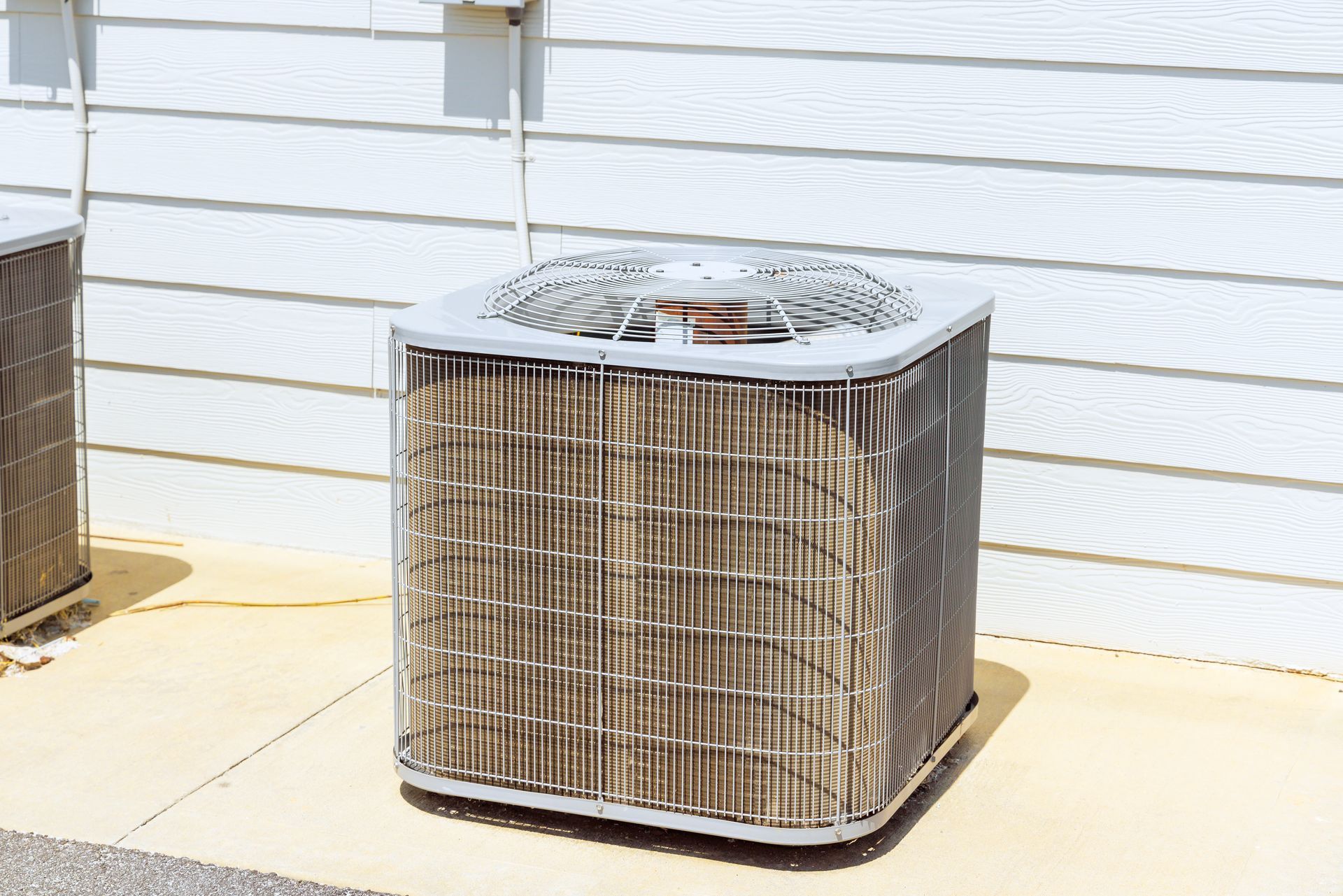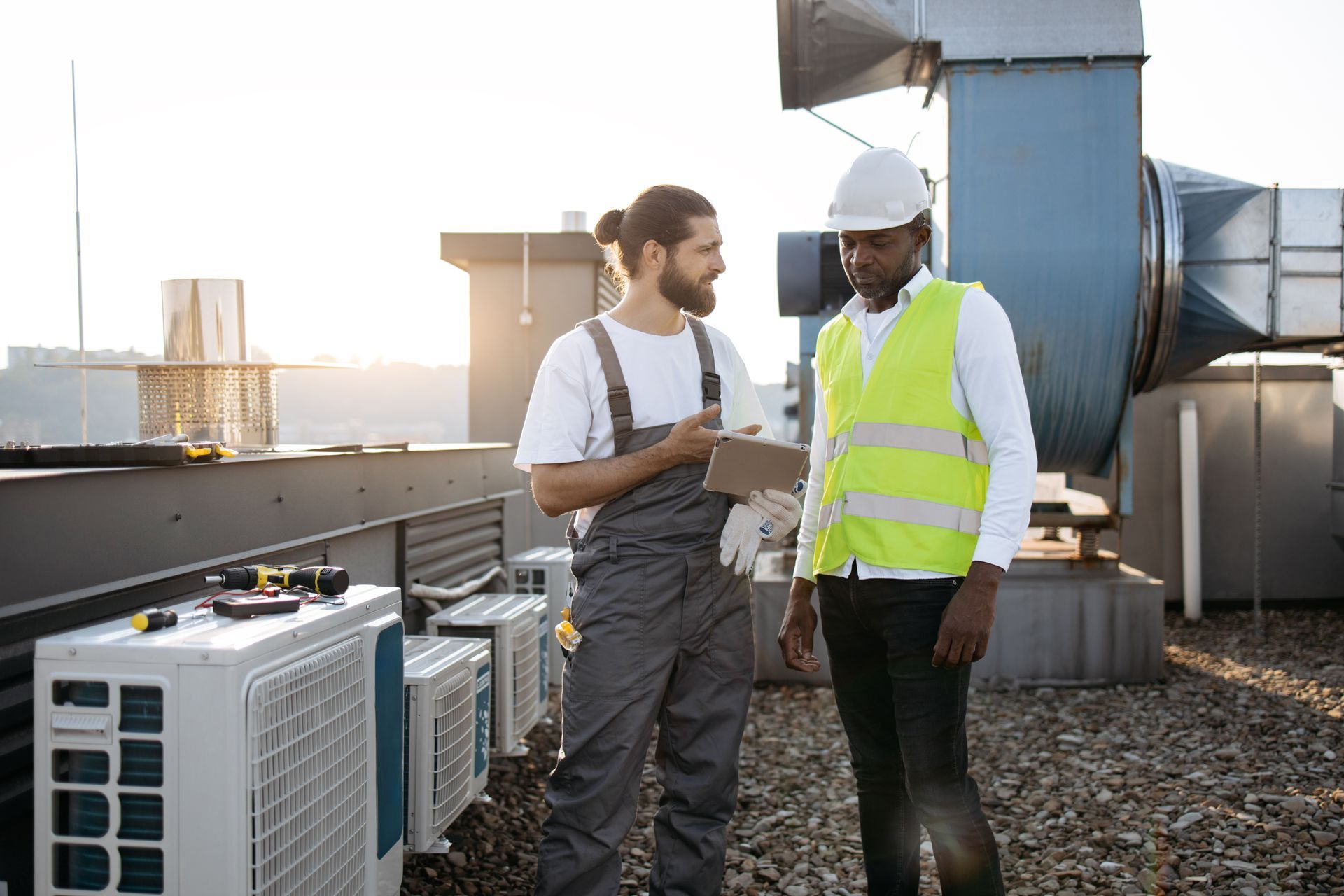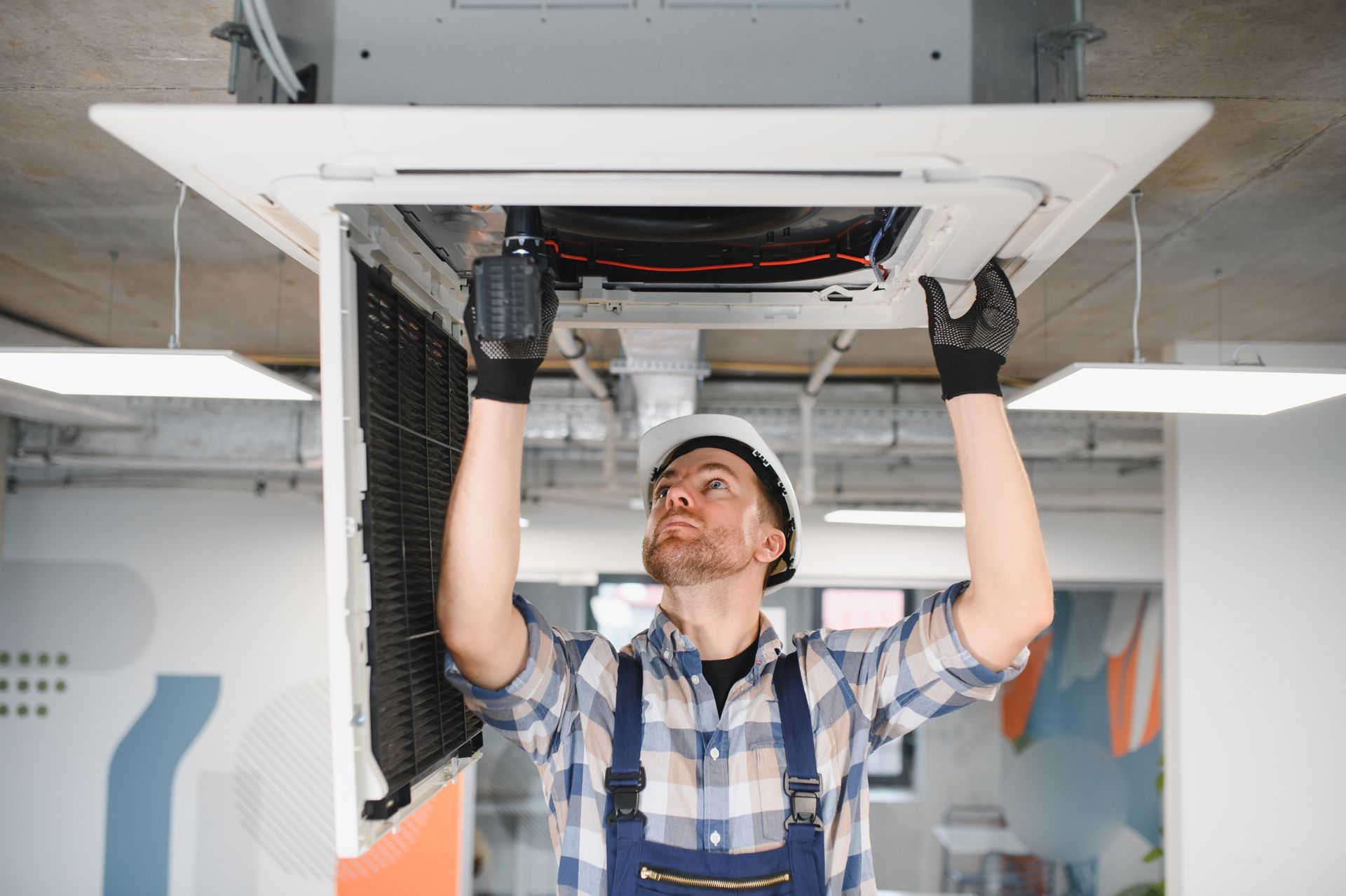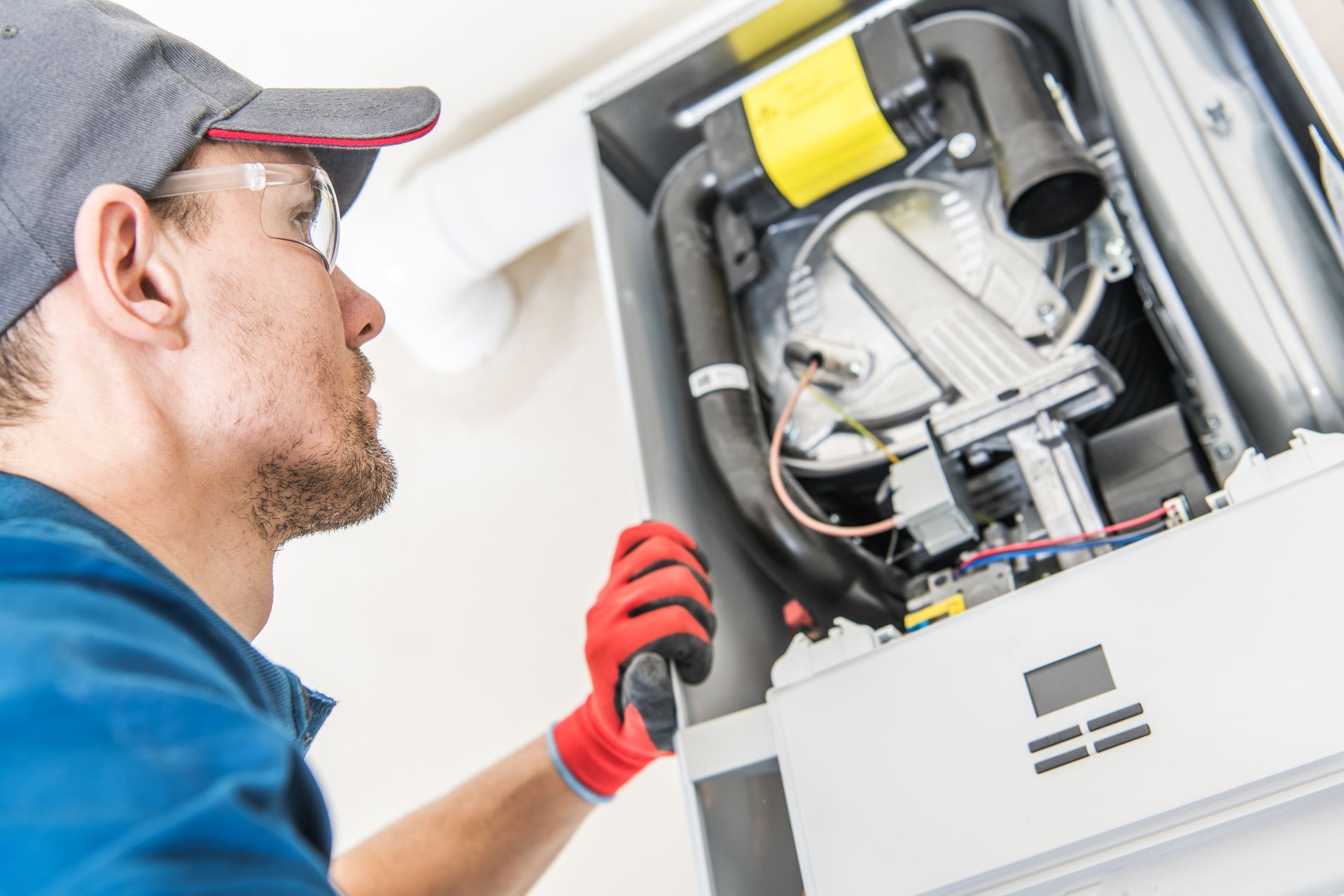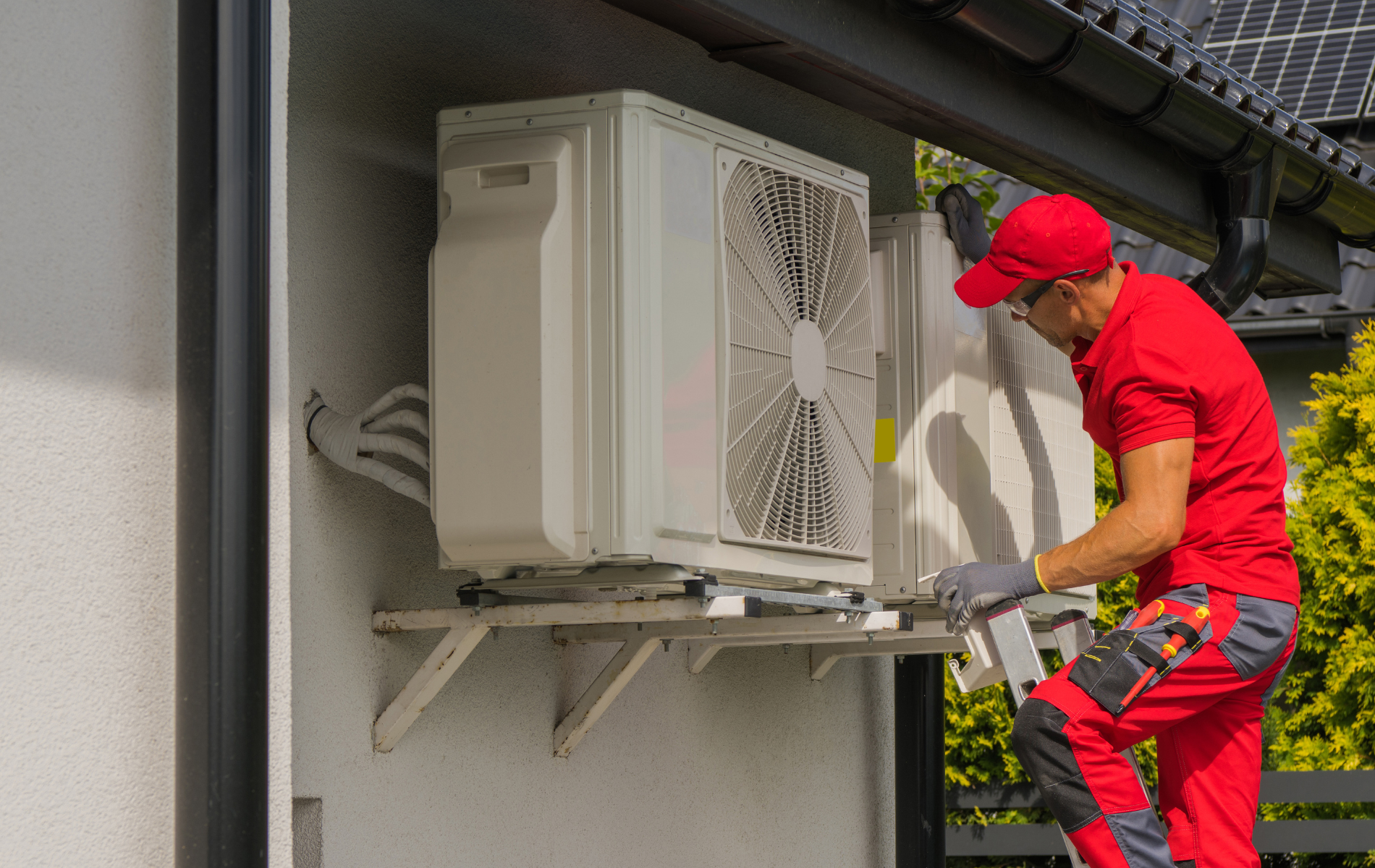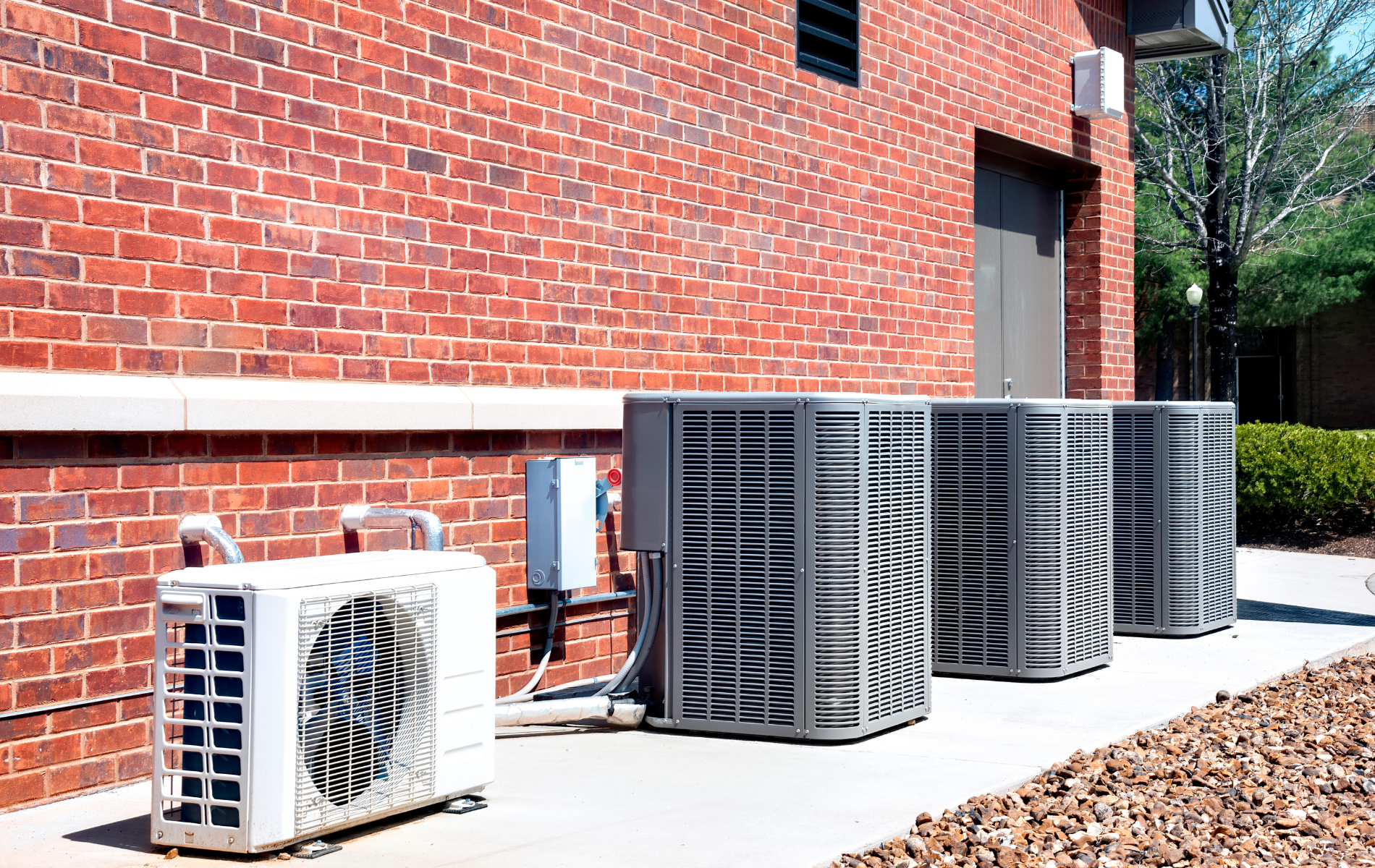Winterizing Your HVAC System Before the First Freeze
Utah Winters Can Be Brutal—Is Your HVAC Ready?
As every Utah homeowner knows, our winters don’t ease in gently—they hit hard. Temperatures can swing from mild to below freezing overnight, putting serious stress on your furnace and HVAC components.
Preparing your system before the first big freeze isn’t just about comfort—it’s about preventing costly breakdowns, frozen pipes, and high energy bills.
At Four Seasons Heating & A/C, we help homeowners across Logan and Cache Valley get their systems ready for winter every year. Here’s your step-by-step guide to winterizing your HVAC system and keeping your home warm, safe, and efficient all season long.
1. Schedule a Professional Furnace Tune-Up
If you only do one thing before winter, make it this. A furnace tune-up ensures your system is running safely and efficiently before it’s working around the clock.
During a professional tune-up, we:
- Inspect and clean the burners, blower, and heat exchanger
- Check for gas or carbon monoxide leaks
- Lubricate all moving parts
- Test the ignition system and safety controls
- Replace dirty filters
- Verify airflow and temperature output
A tune-up not only helps prevent mid-winter breakdowns but can also cut your heating costs by up to 15%.
Pro Tip: Book early in fall—by the time the first freeze hits, HVAC schedules in Logan fill up fast.
2. Replace or Clean Air Filters
Your filter is the first line of defense against dust, allergens, and system strain. When it’s dirty, your furnace has to work harder to pull air through—raising your energy use and shortening equipment life.
Replace disposable filters or clean reusable ones every 30–60 days during heavy heating months. For homes with pets, consider a higher-efficiency pleated filter for better air quality.
3. Check Carbon Monoxide Detectors
Cold weather means sealed windows and constant furnace use—conditions that can turn small leaks into serious hazards.
Make sure your CO detectors are working and placed:
- On every level of your home
- Outside all sleeping areas
- Near your furnace or gas appliances
Replace batteries twice a year and test monthly. If you don’t have CO detectors, this is the season to install them.
4. Seal Drafts and Leaks Around Your Home
Even the best furnace can’t keep up with major heat loss. Before temperatures drop, walk through your home and look for drafts around:
- Windows and doors
- Attic hatches and crawl spaces
- Baseboards and outlets
Use weatherstripping or caulk to seal leaks. You’ll immediately notice improved comfort—and lower heating bills.
5. Inspect Ductwork and Vents
Your furnace can’t deliver warm air efficiently if it’s leaking through ducts or blocked vents.
Signs your ducts need attention:
- Uneven heating
- Whistling noises when the furnace runs
- High dust levels
- Rising utility bills
At Four Seasons Heating & A/C, we offer duct inspections and sealing services to stop air leaks and restore proper airflow.
Pro Tip:
Keep furniture and curtains clear of supply and return vents for balanced heating.
6. Clear and Protect Outdoor Units
If you have a heat pump or combo HVAC system, don’t forget your outdoor condenser.
Before the first snowfall:
- Turn off the power at the disconnect box
- Remove leaves, twigs, and debris from around the unit
- Rinse coils with a garden hose (gently!)
- Cover the top with a breathable cover or plywood board to block falling debris—never wrap it tightly in plastic, which traps moisture
Proper care prevents corrosion and damage from ice buildup.
7. Test the Thermostat
Your thermostat is the command center of your HVAC system. Before temperatures drop for good:
- Switch it to “Heat” mode
- Set the temperature a few degrees higher than the current room temperature
- Listen for your furnace to start and warm air to flow
If nothing happens—or it cycles irregularly—call for service before winter weather hits.
Thinking about an upgrade?
A smart thermostat (like Google Nest or Ecobee) learns your habits, automatically adjusts for comfort, and helps lower heating costs—especially in Utah’s fluctuating climate.
8. Protect Pipes and Condensate Lines
Frozen pipes can burst and cause thousands in water damage. Keep vulnerable areas warm by:
- Insulating exposed pipes in basements, garages, and crawl spaces
- Leaving faucets on a slow drip during sub-zero nights
- Keeping your thermostat set above 60°F, even when you’re away
For high-efficiency furnaces, make sure condensate drain lines are clear and protected from freezing.
9. Check Your Airflow and Humidity Levels
Utah’s cold, dry air can make your home uncomfortable and even damage wood furniture or flooring. If your home feels overly dry, consider adding a whole-home humidifier that integrates with your HVAC system.
Balanced humidity keeps you warmer at lower temperatures and helps prevent:
- Static shocks
- Cracked wood trim
- Chapped skin and dry sinuses
We can install and calibrate humidity controls as part of your seasonal prep.
10. Test Safety and Shut-Off Systems
Your furnace has built-in safety switches and limit controls to prevent overheating or gas leaks. During maintenance, we verify all these safety systems are working correctly.
We also recommend keeping clear access to your furnace’s power switch and gas shut-off valve—so you can act quickly in an emergency.
Bonus: Schedule a Mid-Winter Check if Your System Is Older
For systems over 10 years old, a mid-season inspection can help ensure everything’s still running smoothly. Heavy use, combined with Utah’s dry air and high dust levels, can accelerate wear and tear.
Our technicians can clean burners, check electrical components, and verify safe operation—preventing small issues from becoming winter emergencies.
Real Example from Cache Valley
One homeowner in North Logan called us during a January cold snap after their furnace shut off overnight. We found a clogged filter, blocked exhaust vent, and a frozen condensate line. After cleaning, thawing, and adding insulation, their system ran efficiently the rest of the season—and their next month’s heating bill dropped by 18%.
CO Safety Starts With a Phone Call
One homeowner in North Logan called us during a January cold snap after their furnace shut off overnight. We found a clogged filter, blocked exhaust vent, and a frozen condensate line. After cleaning, thawing, and adding insulation, their system ran efficiently the rest of the season—and their next month’s heating bill dropped by 18%.
Prepare Now, Relax All Winter
Utah winters don’t wait—and neither should you. Taking a few simple steps today can prevent expensive repairs, unsafe conditions, and sleepless nights later.
At Four Seasons Heating & A/C, we make winter prep easy with:
- Professional furnace tune-ups and safety checks
- Carbon monoxide testing
- Duct inspection and sealing
- Smart thermostat installation
- 24/7 emergency repair service
Whether you’re in Logan, Smithfield, or anywhere in Cache Valley, we’ll help you stay comfortable all winter long.

